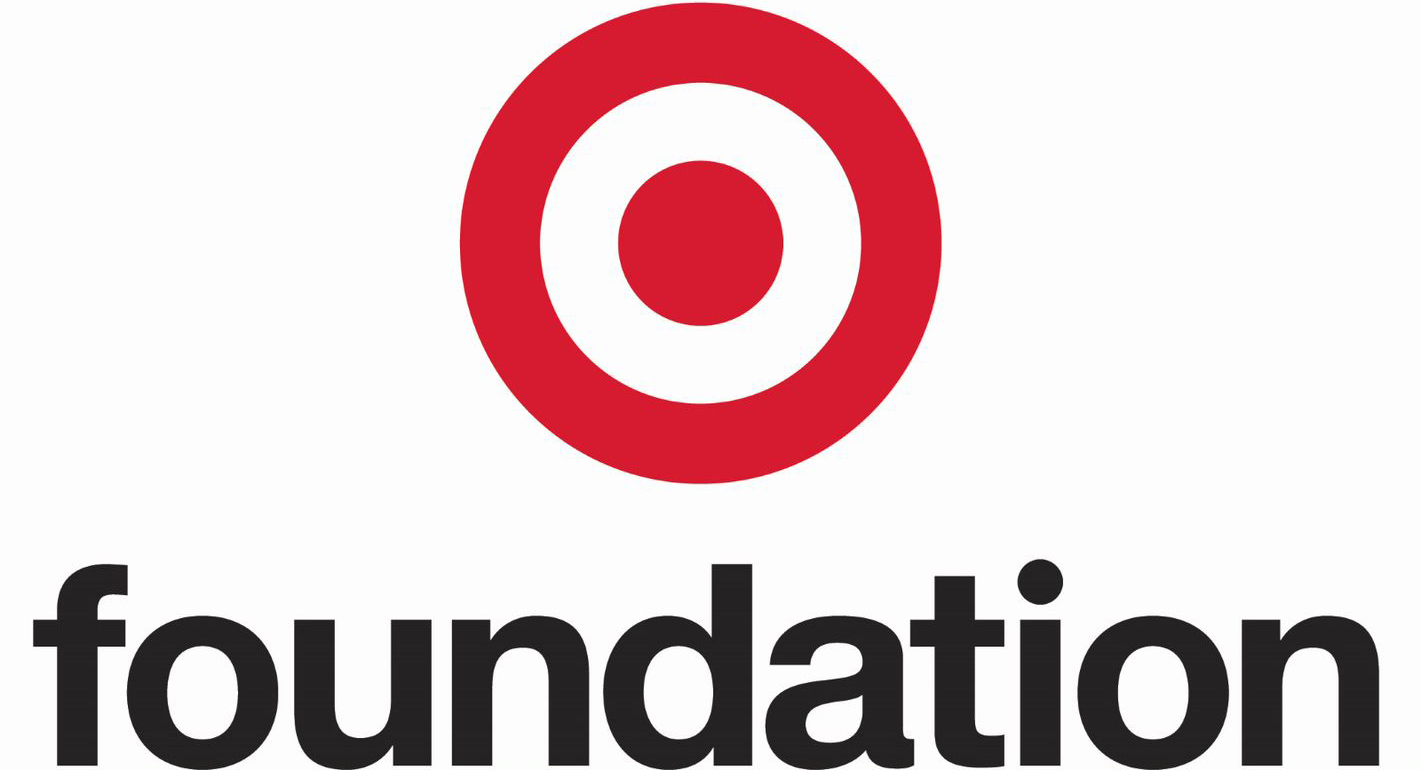Advancing Equity Through Worker Financial Health: A Framework for Employers
The Financial Health Network began conducting research in early 2021 to identify strategies employers can use to embed an equity lens into their benefits programs. HR leaders can use these early learnings to design and deliver programs and benefits that reduce financial health gaps among employees.
By Beth Brockland, Tanya Ladha
-
Category:

2020 was a flashpoint in American history, a year that changed how we collectively think about employment and equity. The events of 2020 brought swift and immediate responses from a diverse cast of stakeholders. Private businesses, and employers in particular, have emerged as change agents for a more equitable America, with roles that continue to evolve and expand.
A poll from April 2021 reported that 79% of Americans – and 95% of Black Americans –- said it’s important for large companies to promote racial diversity and equity in their workplace. Two thirds of Americans say that companies have more work to do. Increasing and supporting employee financial wellness is key to promoting equity in the workplace. The role of HR leaders, as well as a company’s total rewards strategies, are critical to these efforts.
As part of our commitment to support HR leaders improving the financial health of their workforce, the Financial Health Network began conducting research in early 2021 to identify strategies employers can use to embed an equity lens into their benefits programs. Relying on publicly available human capital and other company reports, as well as interviews with HR executives across industries, this brief summarizes some of the early insights from this effort, as we build toward an Equity in Employee Financial Health Framework to be released in early 2022. HR leaders can use these learnings to design and deliver programs and benefits that reduce financial health gaps among employees.
Broadening the HR Lens
Financial Health Network data shows disparities in financial health outcomes across key demographics, such as women, LGBTQ+ workers, and employees of color. HR leaders are beginning to make equity a central tenet of their human capital and total rewards strategies.
For many, a key priority has long been enhancing policies and practices related to hiring, promoting, and supporting diverse talent. But increasingly, employers are looking across their entire HR operations – including compensation, benefits, perks, and workforce policies – for opportunities to promote and achieve more equitable financial health outcomes for employees.
Through these efforts, HR leaders can address inequities that may have previously been considered outside their ability to influence. This includes gaps in employees’ financial health, defined as – their ability to manage their day-to-day finances, be resilient, and secure their financial future. Financial health is a critical component of employees’ overall well-being and their ability to remain engaged and productive at work, at home, and in their communities.
Equity in Financial Health
Systemic and historic barriers to economic opportunity and financial security have led to stark disparities in financial health outcomes among certain demographic groups. Achieving financial health for all requires an affirmative commitment to closing these gaps.
A Framework for Workplace Financial Health Equity
To address financial health gaps across demographic groups in your workplace, you will first need to diagnose the disparities using data to identify gaps. Next, you will design and deploy solutions targeted at those gaps.
Using Data to Identify Financial Health Disparities
To determine the best solutions for your workforce, you must first measure their financial health needs and identify where gaps and inequities exist. HR leaders have access to a wealth of data through their payroll and benefits systems that can shed light on not only the financial health of a workforce, but also on the current utilization of benefits across that workforce. Employee surveys can be a rich source of additional insight into financial health needs and vulnerabilities. By disaggregating the data by race, ethnicity, gender, income, job level, and other demographic or job characteristics, HR teams can begin to see where there may be differences in financial health outcomes for different groups.
Of course, gathering and analyzing these data can sometimes be challenging. Many employers are required by the EEOC to collect and report limited employee demographic data. Key data are often stored in various systems internally or externally with third-party vendors, which can complicate efforts to assess benefits utilization by demographic segments. Some firms are hesitant to gather and analyze their data by demographics, particularly by race and ethnicity, due to the perceived legal risk of conducting such analyses.
Despite challenges, we’ve interviewed several large employers that recently began analyzing their benefits data by demographics and job characteristics. Some are supplementing benefits data with self-reported data from total rewards optimization surveys and other employee surveys to better understand the prevalence of specific needs, such as employees of children with disabilities or aging parents. Many HR leaders are also proactively working with their organization’s employee resource groups to uncover specific challenges facing specific segments.
Assess Your Total Rewards Program From an Equity Perspective

Access: Do all employees have equal access to the programs and benefits you offer that support financial health? Are there ways to expand access to more employees?

Utilization: Are all employees utilizing the programs and benefits available to them in ways that lead to positive financial health outcomes? Are there ways to boost participation among underrepresented groups?

Adequacy: Are the programs and benefits available to employees adequately addressing their needs? Do certain employee groups have financial health needs that existing programs and benefits aren’t meeting currently?
Designing Equity-Based Approaches to Employee Financial Health
Once HR leaders have identified gaps in financial health outcomes for different segments of their workforce, they can begin to consider opportunities to address those disparities through the design and delivery of benefits and total rewards practices.
Through our early research, we’ve identified several strategies for designing programs and benefits that promote equal financial health outcomes for employees.
Broaden Access to Benefits That Support Financial Health
Review and refresh your existing HR and talent policies in areas like compensation, retirement, and healthcare benefits to prioritize financial health. For example:
-
- Ensure that all employees are earning wages and benefits that support their financial health with tools such as MIT’s Living Wage Calculator or newer metrics like PayPal’s Net Disposable Income concept. This should include workers who indirectly support operations through contracted firms or temporary staffing agencies.
- Extend benefits that provide resilience and wealth-building opportunities, like healthcare and retirement plans, to broader segments of your workforce, including part-time employees.
- Reduce or eliminate waiting periods for new hires to access benefits, recognizing that financial instability contributes to high turnover, especially for frontline workers.
Use Targeted Strategies to Improve Financial Health for Specific Segments
Historically, the prevailing ethos in most HR departments has been the principle of “fairness” – the idea that the same programs and benefits need to be equally available to all employees. HR leaders tend to design benefits for the average employee, often resulting in suboptimal results for employee segments who do not fit that profile.
A growing number of HR leaders recognize that they need more targeted approaches to close gaps in financial health outcomes among employees.
Our early research reveals that these approaches take three main forms:
1. Making benefits more accessible to financially struggling employees. Beyond expanding access to key benefits for more employees, companies can implement tiered fee structures or modified delivery approaches to address a range of needs, including:
-
- Varying the cost of benefits. Adjust employee contributions so that lower-paid employees pay less for benefits or receive greater incentives. This is an increasingly common practice in health insurance benefits. According to a 2019 estimate, a quarter of large employers varied their contributions to healthcare premiums based on employee pay levels. Several employers we interviewed offer similarly tiered structures for other benefits, including long-term disability insurance, life insurance, 401(k) matches, child care assistance, HSA account contributions, and wellness incentives.
- Redesigning tuition assistance programs. Ensure tuition assistance is accessible to lower-income employees by paying for tuition upfront rather than requiring reimbursement, and design scheduling policies to provide greater stability and predictability for hourly employees.
The employers we interviewed are also taking a hard look at programs like family leave and fertility benefits to ensure they are designed to meet the needs of LGBTQ+ employees. Several are proactively talking to vendors (such as Employee Assistance Programs, behavioral health, and fertility navigation services) to make sure that the professionals who are providing services reflect the demographics of their employee populations and can provide culturally relevant support.
2. Offering targeted benefits to meet the specific needs of less financially healthy groups. Similar to smoking cessation or diabetes management programs, these benefits are technically available to all employees, but are really designed for financial health challenges that only some employees experience. For example:
-
- Earned wage access is designed to help employees who may need access to funds between paychecks to cover an unexpected expense.
- Student loan repayment benefits support employees who carry student loan debt.
- Resource navigators or investment platforms can target specific demographics, such as women or LGBTQ+ employees.
3. Designing targeted communications to promote benefits utilization among financially vulnerable employees. HR leaders are also focused on strategies to reach employee segments who may not be utilizing programs and benefits in ways that lead to the best possible financial health outcomes. This might be because some employees are less aware that a program or benefit is available to them, or they may feel the benefit is “not for them.” Examples of this type of strategy include:
-
- “Meet the match” campaigns. These strategies are targeted at employees who are not currently saving enough in their 401(k) to earn the full employer match.
- Partnering with employee resource groups (ERGs). Several employers we interviewed are partnering with ERGs to better understand the specific barriers to engagement for those employees and to provide benefits education that is tailored to the needs of that group. One is taking a test-and-learn approach to testing benefits messaging with different business units to see what resonates based on the demographic composition of each business unit’s workforce.
Closing Financial Health Gaps Requires Making Equity a Priority
Employers are increasingly being called upon to promote greater equity within their businesses, communities, and society at large. Within that context, the one-size-fits-all approach to benefits reveals itself to be limiting and ineffective. Employers and HR leaders must invest in better understanding specific needs across their workforces, enabling them to steward their resources to promote equitable financial health outcomes.
When it comes to promoting positive financial health outcomes for all employees, the strategies presented in this draft framework are a starting point. Our early research includes interviews with HR leaders and a review of publicly available information on companies’ diversity, equity, and inclusion strategies and human capital practices. Over time, we plan to add to and refine this framework based on further conversations with equity-focused organizations and HR leaders. We also aim to lift up examples of companies who have taken steps to advance equity in employee financial health so that others can learn from them.
Please reach out to Tanya Ladha at tladha@finhealthnetwork.org with questions, feedback, and ideas as you work to advance financial health equity in your workplace. We want to hear from leaders like you and look forward to the continued conversation around improving financial health for all.
Our Supporter
This digital brief is made possible through the generous support of the Target Foundation. The opinions and recommendations in this brief are of the Financial Health Network and do not necessarily represent the view of our funders, partners, or those acknowledged.


